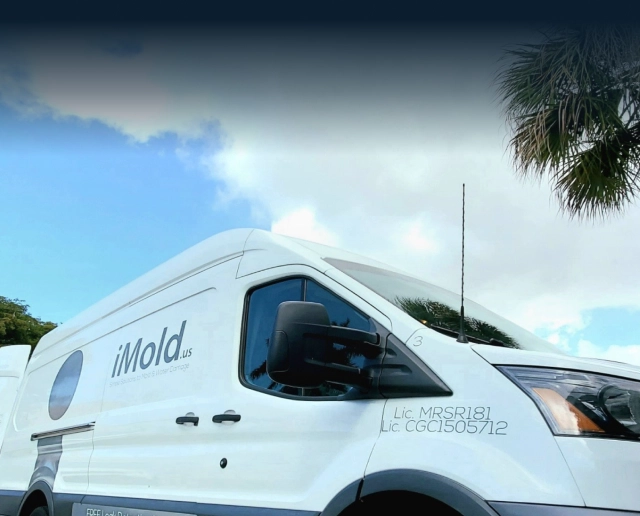Managing Silica Dust in the Workplace
Nearly everyone has been exposed to respirable crystalline silica at some point in their lives. Better known as silica dust, crystalline silica is a microscopic particle released into the air through the processing of certain materials. While small amounts aren’t as dangerous, breathing in large quantities can create a severe health hazard. So if your workplace produces large amounts of silica dust, you should know about managing silica dust and why it’s so important.
What is Silica Dust?
Silica dust is created when materials containing crystalline silica are ground, broken, crushed, or sawed. Those actions produce tiny crystals that float through the air, making them easy to inhale. The crystals are so tiny that they can be undetectable without proper equipment. Because of their size – nearly 100x smaller than a grain of sand – silica crystals float through the air in a high concentration. You can breathe them in, or they’ll settle on any surface where they land. A fan, a slight breeze, or just someone walking by will stir up the dust, putting it right back into the air for you to breathe.
Where Do You Find It?
Silica dust is in many typical manufacturing and construction materials. It’s present in materials we encounter in our everyday lives and at work, like:
- Sand
- Dirt
- Rock
- Quartz
- Drywall
- Brick
- Concrete
- Cement
Everything from hammering to sawing these materials will break into tiny pieces, floating through the air and into your lungs. Silica dust is so dangerous that OSHA has officially identified it as a workplace hazard. If your workplace is inside or in an enclosed area, that means that managing silica dust should be a top priority. Outdoor worksites follow different OSHA standards for exposure. Different industries that are commonly exposed to silica dust include mining, construction, masonry, and manufacturing.
Risks of Silica Dust Exposure
Silica dust exposure can lead to serious, lifelong conditions. Due to the crystals’ size, you might not even know how much you’re breathing in – or that you’re breathing it at all. The most common disease caused by silica dust is Silicosis, a debilitating and lifelong lung disease with no cure. Silicosis slowly scars your lungs, opening them up to infection. Silica dust can cause other major health problems like kidney disease, lung cancer, and other respiratory diseases.
Managing Silica Dust Exposure
Some industries create more silica dust than you could ever manage. While it’s inevitable, there are some steps you can take to keep yourself and your coworkers safe. Because construction has different OSHA standards, these tips mainly apply to general industry standards.
Training
Some parts of managing silica dust are best left to experts, but one thing that you can do is train everyone on the dangers of silica. Take steps to inform coworkers of the ways they can protect themselves and others from silica exposure. Training can range from the risks of silica exposure to recognizing which activities will produce the most dust. You can even hang a poster of OSHA’s standards for your workplace involving silica dust to remind everyone.
Respirators
Whether you’re manufacturing brick or cutting stone, some activities will produce more dust than others. In any case, you should know which materials and actions produce silica dust and always use proper ventilators and respirators. Make sure to have more than enough respirators in good, clean working conditions. Everyone should have an approved respirator that fits well with goggles while covering the mouth and nose.
Professional Abatement
There are steps you can take yourself to protect yourself from silica dust while you work, but that dust has to land somewhere. That’s the part that’s best left to a professional. A certified expert should only handle both home and commercial silica dust removal because of the serious risks involved. Silica dust is so tiny and can spread, so regular household cleaners simply aren’t enough. Instead, a pro will have different tools and training to detect and remove all traces of silica dust. They’ll use special protective equipment to safely remove the dust from every surface around your home or business, covering areas you might have missed.
Managing Silica Dust with iMold
If your industry produces large amounts of silica dust, you’ll need regular removal to maintain OSHA compliance. The mold removal team at iMold are silica dust experts, too! We offer silica testing to determine if you’re within standards and can take care of the problem when levels are too high. Our team is trained on the dangers of silica dust to remove it safely and completely. Not sure if you have a silica dust problem? We’re available to come to your property and do a test and explain our findings. The particles are so small that you could have a problem without even knowing it, so we’re available if there’s any question.
Follow iMold on Facebook and Instagram.

